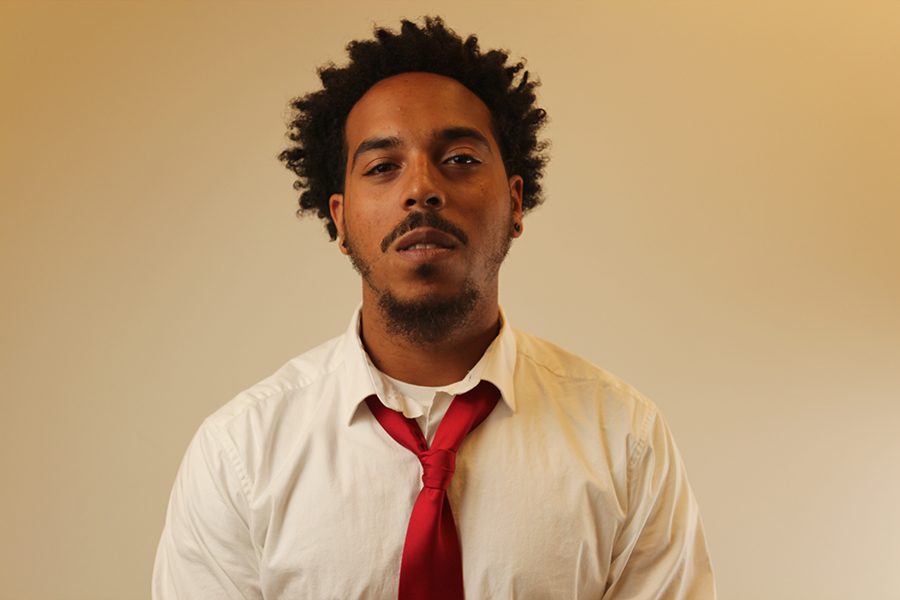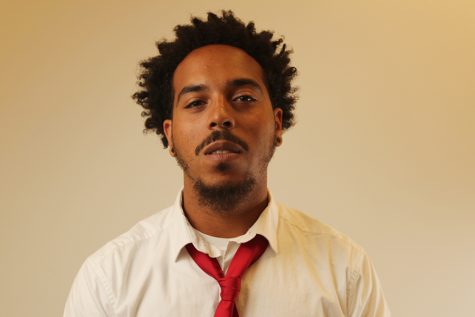Micro aggressions demean morality, race
Apr 19, 2017
Most people are discouraged from publicly engaging in hate speech by the distressful possibility of rampant ridicule unabatedly attacking their better judgment.
For these hate-filled folks, saying what you mean is usually an ugly deliberate insult targeted at a marginalized group.
Questions like “will I hurt someone if I say this?” usually flood the minds of good-hearted people during contentious verbal jousts.
These thoughts guide people toward formulating better ways to say what they want to say without offending the views of others.
Unfortunately, people also exist who lack the common mental or moral buffer that deters us from spewing out hateful comments that make others feel uncomfortable.
Some are just evil people who don’t mind being labeled as racist or bigoted as long as they feel liberated exercising their First Amendment rights.
While visiting historic Old Sacramento for a video competition during the 2017 Journalism Association of Community Colleges State Convention in Sacramento, I encountered a man who gave me the impression that he belonged in the era Old Sacramento symbolizes —the 1850s.
The area is picturesque and as we gathered footage, we came across an elderly Old Sacramento historian who manned one of the tourist attractions.
As we moved toward him, this colossally sized older white man scans me from head to toe and says, “Oh-oh. You look like trouble.”
My mouth abruptly dropped as my colleague’s smile retracted and was instantaneously replaced with a scowl.
“That’s a compliment coming from me,” he said. I awkwardly laughed to ensure he knew I felt uneasy about his comment. My soul was engulfed in feelings of anxiety, anger, frustration and confusion. What did he mean when he said I looked like trouble?
I wasn’t wearing a hoodie, or a gold grill, or baggy jeans.
I wasn’t exhibiting anything that could have been seen as the “danger signs” that an older white man might believe represents “trouble” when he sees young African-American men.
So, what was it that he saw in me?
There are only two possibilities I can think of that rationally figure what he meant by trouble.
Either he was referring to my heartthrob-like looks as being troublesome to the ladies in the building, or he was simply describing me as a low-life hoodlum.
I wasn’t soliciting drugs to people on the street. I was asking for interviews. I wasn’t armed with a pistol. I was carrying a camera at a global tourist destination.
What’s troubling about that?
He would probably say it was my tattoos or my backward cap that alarmed him.
However, to whom does a Chicago Bulls cap and an arm covered in music notes seem threatening?
My only guess is a music-hating Sacramento Kings fan.
Although there is substantially more truth in the first option, it’s highly unlikely that’s what he was alluding to. It had to be the color of my skin.
I had become, yet again, a victim of racial profiling.
People like the museum historian, who believe in damaging, bigot-based stereotypes, lack the cultural understanding and racial sensibility needed to bridge the racial divide in America.
This is America where everyone is entitled to their own opinions.
However, people should remember that decency and respect should always be a factor when deciding what to say and how to say exactly what it is they mean.
Anthony Kinney is a news editor of The Advocate. Contact him at [email protected]



